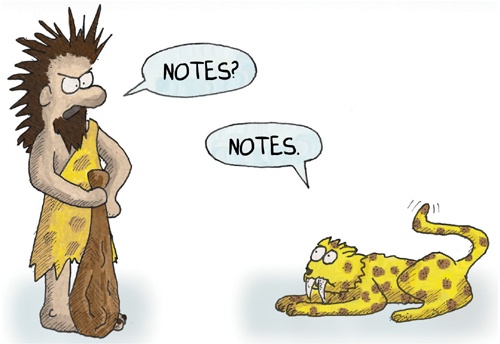Appendix C. NOTES

Prologue
Tic-tac-toe (xviii): Also known as noughts and crosses. Tic-tac-toe, and its cousins go-moku (a game where the board is variously 13x13 or 15x15 and you have to get five in a row) and Qubic (a 4x4x4 cube) are all amenable to mathematical analysis. Tic-tac-toe in particular is fairly trivial, since there are only 125,168 possible games, and the vast majority of the possibility space collapses the moment you regard the board as having rotational symmetry. If both players employ the optimal strategy, the game will always end in a draw.
Chapter 1
Cognates (2): Words that derive from a common root and are similar in meaning, even though they are in a different language. Languages frequently borrow words from one another, and thus similar words in different languages can be found. Often the meaning, pronunciation, or spelling can diverge to the point of being unrecognizable.
Deaf children in Nicaragua (2): Many articles have been written on Nicaraguan Sign Language, also called NSL or ISN (after the initials of the phrase in Spanish). Deaf children in Nicaragua did not have access to each other, nor to training in sign language, until 1979, when schools for the deaf began to be opened. Over a few generations, the children developed a fully functional sign language that enabled them to communicate. This is believed to be the first time in history that scientists have ...
Get Theory of Fun for Game Design, 2nd Edition now with the O’Reilly learning platform.
O’Reilly members experience books, live events, courses curated by job role, and more from O’Reilly and nearly 200 top publishers.

